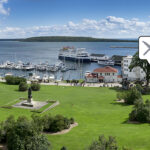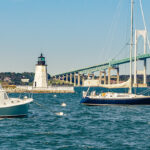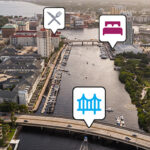An educational Q&A with America’s Great Loop Cruisers’ Association Director, Kimberly Russo.
Cruising the Great Loop
When you think of boating and sailing, words like “freedom,” “escape,” and “adventure” likely come to mind. Whether it’s a few hours of day boating or a weekend onboard overnight cruising, boats provide a one-way ticket to a vacation on-demand.
Here at KnowWake, our team was curious: where and how is the best way to experience an ultimate, unmatched boating trip for the ages, and put your skills to the test as a proficient boater? Well, many seasoned salts—and long-time KnowWake users—would agree that there’s only one route in the United States worthy of that description: America’s Great Loop.
To understand just exactly what America’s Great Loop is, and what it takes to successfully cruise—and complete—the Great Loop, we turned to the experts at America’s Great Loop Cruisers’ Association (AGLCA).
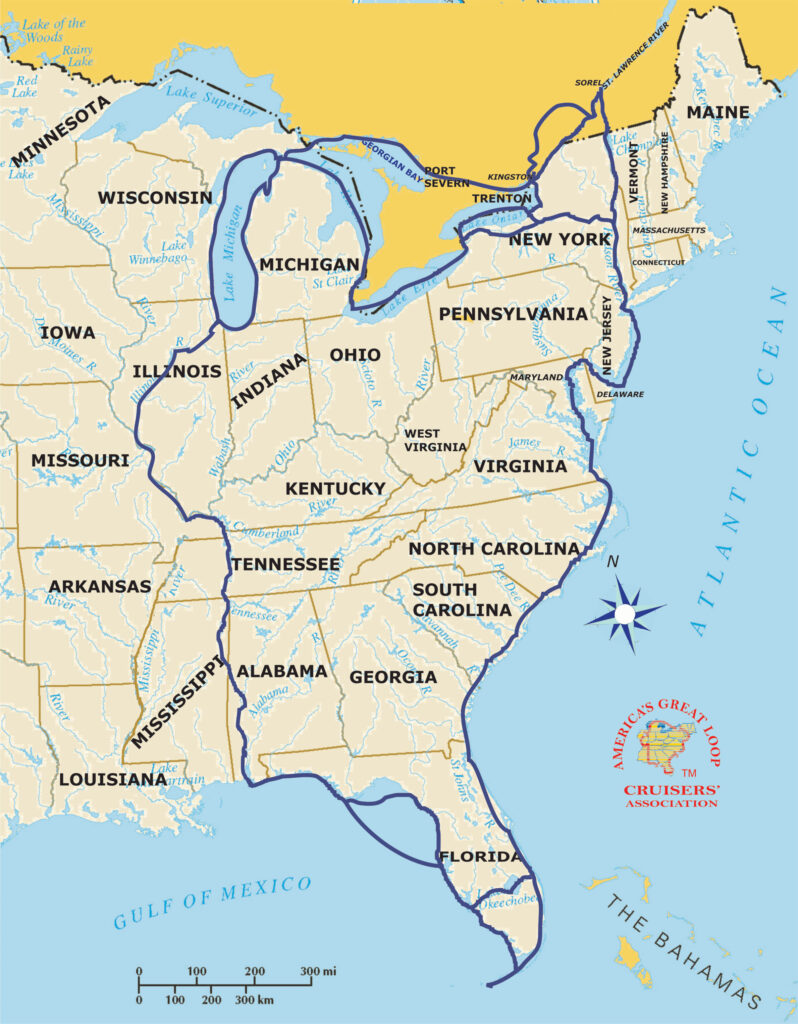
Speaking with AGLCA Director Kimberly Russo, we were determined to come away with some expert tips and advice for new cruisers (and KnowWake users) who are interested in cruising the Great Loop for the very first time.
KnowWake: What is the Great Loop?
Kim Russo: The Great Loop is probably best described as the boating adventure of a lifetime! It’s a 6,000-mile water route that circumnavigates the eastern part of the U.S., and often part of Canada.
The route takes you northward on the Atlantic Intracoastal Waterway, through the Chesapeake Bay, along the New Jersey coastline to New York Harbor, up the Hudson River to the New York state canals, through the Great Lakes to the Inland rivers near Chicago, down the rivers to the Gulf of Mexico, and around the tip of Florida.
How long does it take to complete the Great Loop?
KR: The amount of time it takes to complete the Great Loop can vary a lot, but it’s still common to do this in about a year. The route is seasonal because you want to be on the Great Lakes when it’s warm and Florida in the winter—so many Loopers spend the spring heading up the east coast, the summer in the Great Lakes, the fall on the inland rivers, and the winter in Florida.
More and more, we’re seeing Loopers take multiple years to complete the route so they can do lots of side trips and take their time visiting the big cities and small towns around the Loop.
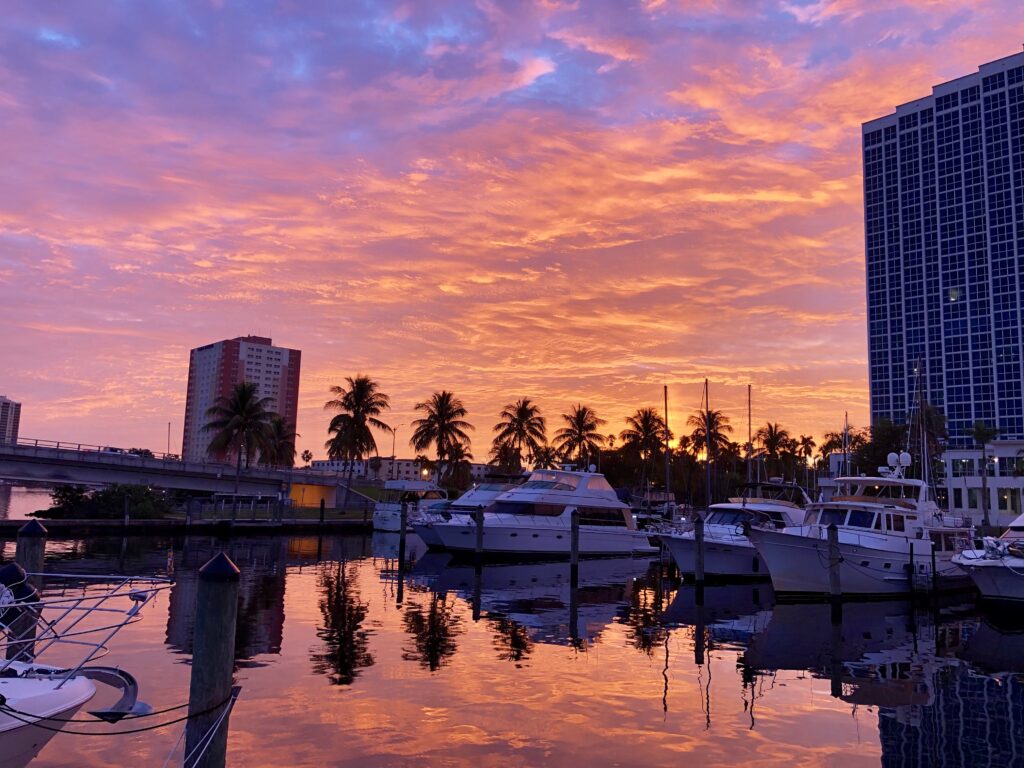
What are the best types of boats to do the Great Loop?
KR: First and foremost, the boat must be able to handle some rough water since you’ll be going through the Gulf of Mexico, the Great Lakes, and various sounds and inlets then can churn up some waves.
Then, you must be able to clear a 19.7’ bridge at mile marker 300 on the Illinois Waterway. There are other low bridges, but that’s the lowest one where there is no alternate route to get around it, so you have to be able to get under it.
After that, a lot is left to personal preference, comfort, and cruising style. You’ll have an easier time getting in and out of some of the marinas and traveling during low tide if you don’t draw more than five feet. And some of the historic canals like the Trent Severn in Canada can not accommodate a boat whose draft is more than 6-feet or whose beam is more than 23-feet, so you’ll need to do some research on your intended route based on your vessel.
The average boat in the AGLCA fleet is 40-feet.
Where does the Great Loop start? And end? Can you begin anywhere?
KR: You can start anywhere, and you “cross your wake” when you arrive back at your starting point.
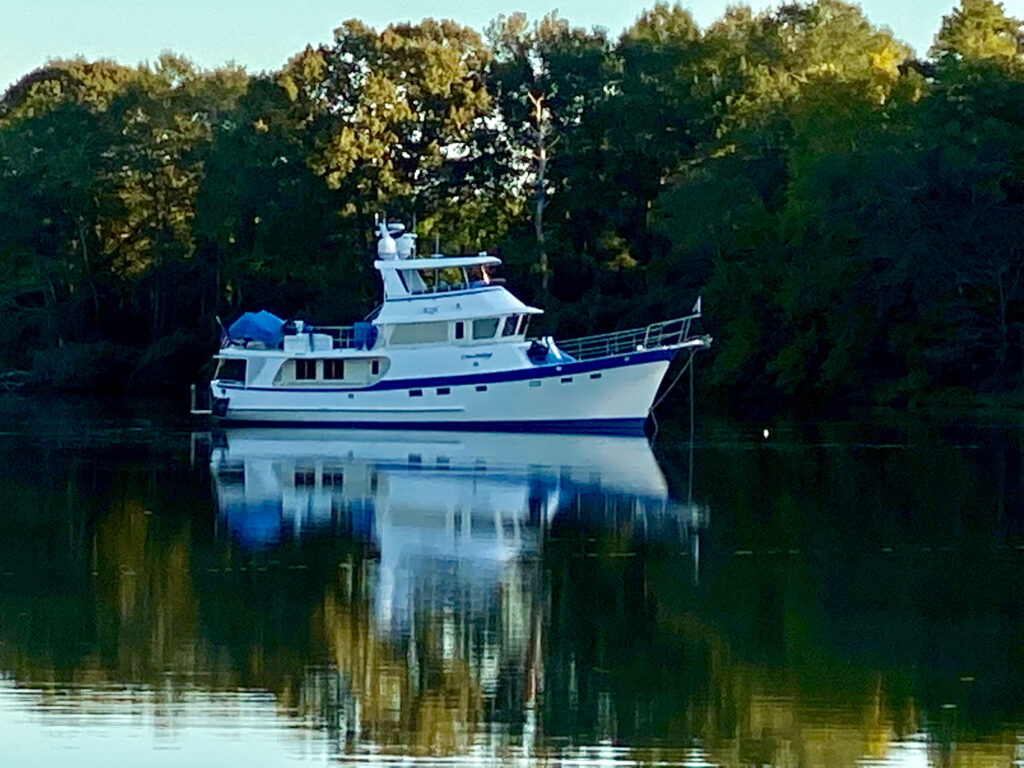
What are the top 3 pieces of advice or tips that AGLCA would recommend for newcomers interested in cruising the Great Loop?
KR: 1. Be sure to start planning well in advance. There are lots of great resources available before you drop the dock lines and it’s good to ask questions and gather information, so you know what to expect.
2. Be sure you are capable and comfortable handling your boat in a variety of sea conditions. You don’t have to be a lifelong boater to safely do the Great Loop, but you do have to understand the basic rules of the road and be able confidently run your boat to keep yourself, your crew, and the boats and boaters around you safe.
3. When you start the Loop, don’t have a schedule! It can cause you to miss things along the way if you’re in a hurry. And, some of the bad decisions we see, like leaving a safe harbor on a questionable weather day, are often the result of someone insisting on being at a certain place at a certain time.
Ready to begin your own adventure of a lifetime cruising America’s Great Loop?
Download the KnowWake app today to map your journey.




